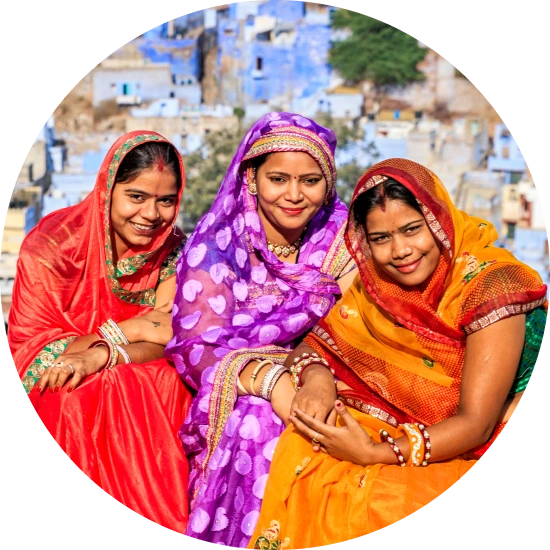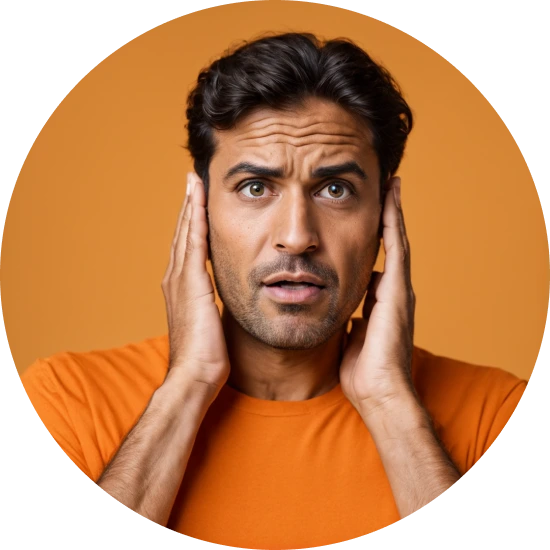Explore the Family Name Pai
The meaning of Pai
1. Indian (Goa): Brahmin name, from Sanskrit pati ‘lord’. It is found among the Konkani-speaking Saraswat Brahmins, who were originally from Goa but are now found in larger numbers in coastal Karnataka. 2. Korean: variant of Pae. 3. Chinese: variant of Bai. Some characteristic forenames: Indian Mohan, Suresh, Dinesh, Anil, Rajesh, Satish, Sunil, Ajith, Arun, Damodar, Jagdish, Kamalesh. Korean Bok, Chang-Sheng, Chi, Chia, Ching, Chun, Dong, Doo, Feng, Jae Ho, Joong, Jui.
Dictionary of American Family Names, 2nd edition, © Oxford University Press, 2022.
How common is the last name Pai in the United States?
Based on data from the Decennial U.S. Census, the popularity of the surname Pai witnessed a slight decline between 2000 and 2010. The surname fell in ranking from 13,213th most popular in 2000 to 14,082nd in 2010, which represents a change of -6.58%. In terms of the count, however, there was a marginal increase from 2,119 in 2000 to 2,136 in 2010. Despite this growth, the proportion per 100,000 individuals dropped by about 8.86%, from 0.79 to 0.72.
| 2000 | 2010 | Change | |
|---|---|---|---|
| Rank | #13,213 | #14,082 | -6.58% |
| Count | 2,119 | 2,136 | 0.8% |
| Proportion per 100k | 0.79 | 0.72 | -8.86% |
Race and Ethnicity of people with the last name Pai
The ethnic identity associated with the Pai surname, according to the Decennial U.S. Census, stayed dominantly within the Asian/Pacific Islander category from 2000 to 2010. This group experienced a minor increase of 0.23%, moving from 86.83% to 87.03%. However, the occurrence of the surname among those identifying as two or more races saw a decrease of about 18.15%. Meanwhile, individuals with White ethnicity increased slightly by 8.37%, while Hispanic representation grew significantly by 34.04%. The surname did not appear among those identifying as Black, American Indian, or Alaskan Native in either census year.
| 2000 | 2010 | Change | |
|---|---|---|---|
| Asian/Pacific Islander | 86.83% | 87.03% | 0.23% |
| White | 6.09% | 6.6% | 8.37% |
| Two or More Races | 5.95% | 4.87% | -18.15% |
| Hispanic | 0.94% | 1.26% | 34.04% |
| Black | 0% | 0% | 0% |
| American Indian and Alaskan Native | 0% | 0% | 0% |
Pai ancestry composition
23andMe computes an ancestry breakdown for each customer. People may have ancestry from just one population or they may have ancestry from several populations. The most commonly-observed ancestry found in people with the surname Pai is Chinese, which comprises 38.4% of all ancestry found in people with the surname. The next two most common ancestries are Southern Indian Subgroup (35.9%) and Korean (6.1%). Additional ancestries include British & Irish, Filipino & Austronesian, Northern Indian & Pakistani, French & German, and Japanese.
Ready to learn more about your ancestry? Get the most comprehensive ancestry breakdown on the market by taking our DNA test. Shop 23andMe
| ANCESTRY BREAKDOWN | COMPOSITION |
|---|---|
| Chinese | 38.4% |
| Southern Indian Subgroup | 35.9% |
| Korean | 6.1% |
| Other | 19.6% |

Possible origins of the surname Pai
Your DNA provides clues about where your recent ancestors may have lived. Having many distant relatives in the same location suggests that you may all share common ancestry there. Locations with many distant relatives can also be places where people have migrated recently, such as large cities. If a large number of individuals who share your surname have distant relatives in a specific area, it could indicate a connection between your surname and that location, stemming from either recent ancestral ties or migration.
Based on 23andMe data, people with last name Pai have recent ancestry locations in China and Taiwan.
| RECENT ANCESTRY Location | Percentage |
|---|---|
| Fujian, China | 31.60% |
| Guangdong, China | 31.60% |
| Jiangsu, China | 30.30% |
| Shandong, China | 28.90% |
| Shanghai, China | 28.90% |
What Pai haplogroups can tell you
Haplogroups are genetic population groups that share a common ancestor on either your paternal or maternal line. These paternal and maternal haplogroups shed light on your genetic ancestry and help tell the story of your family.
The top paternal haplogroup of people with the surname Pai is O-F2415, which is predominantly found among people with East Asian & Indigenous American ancestry. Haplogroup O-F2415 is descended from haplogroup O-M1359. Other common haplogroups include E-M183 and O-F2859, which are predominantly found among people with European and East Asian & Indigenous American ancestry.
The most common maternal haplogroups of people with Pai surname are: M, U, M4_64. These most commonly trace back to individuals of European ancestry.
 Paternal Haplogroup Origins O-M1359
Paternal Haplogroup Origins O-M1359
Your paternal lineage may be linked to the Cham
One of the many populations harboring members of haplogroup O1b1a1a1a1 is the Cham ethnic group, a group of people who speak Austronesian languages in Mainland Southeast Asia. Austronesian languages make up a language family that is extremely large and widespread, comprising over 350 million people on islands such as Madagascar, Easter Island, and many others. However, Austronesian languages are less common on mainland Asia, with a notable exception being the Chamic language. Research suggests that ancestors of the Cham people migrated from Southeast Asian islands to the mainland around the year 500 BCE, and that early Cham populations quickly began mixing with indigenous southern Vietnamese populations. As a result, the Chamic language now has words that were borrowed from languages spoken by indigenous Vietnamese people. It is likely that an ancestral Kinh population was one of the populations that mixed with the Cham people shortly after their migration to mainland Asia.
Your maternal lineage may be linked to the ancient people of the Indian subcontinent
While Haplogroup M is widespread throughout South and East Asia, it is more diverse on the Indian sub-continent than anywhere else in the world. The high degree of diversity of M in India is likely tied to its ancient arrival here nearly 50,000 years ago. In addition to M2, which is found throughout the subcontinent, there are dozens of haplogroups branching off of M that exist in India. These branches are often connected to specific regions, tribes, or ethnic groups. For example, haplogroup M18 is found among the Oraon peoples of eastern India and Bangladesh, while haplogroup M41 is common among the Pardhan speakers of eastern India, and haplogroup M31a can be found on the Andaman Islands, just off the southeast coast of India.

What do people with the surname Pai have in common?
Spoiler alert: it's complicated. People with the same last name are usually no more genetically similar than a randomly sampled group of people from the same population. That said, people with the same surname are more likely to have similar ancestries than randomly sampled individuals. The reason is the tendency of people with similar cultural or geographical backgrounds to preferentially mate with one another. That's why people who share a surname may be more likely to share traits and tendencies in common than people within the general population. Check out the percentages below to see the prevalences of tastes, habits, and traits of people with your surname compared with prevalences among 23andMe users.
Preferences
Traits
Habits

Learn Language As Adult
Learning a new language through formal or informal means after 18 years of age.
"Pai" Surname 50.0%
23andMe Users 25.8%
Are health conditions linked to the last name Pai?
The short answer is that, if there is an association between surname and health, it's usually more about your ancestry than your name. Individuals with a given surname are no more genetically similar than the general population but often have similar ancestries. The populations of people associated with those shared ancestries often have sets of genetic variations, also known as alleles, in common. Some of those alleles are associated with a greater likelihood of developing certain diseases.
Disease variant frequency by ancestry
Disease allele frequencies in populations associated with the surname Pai are shown below. Important Note: not everyone with a disease allele will develop these health condition




